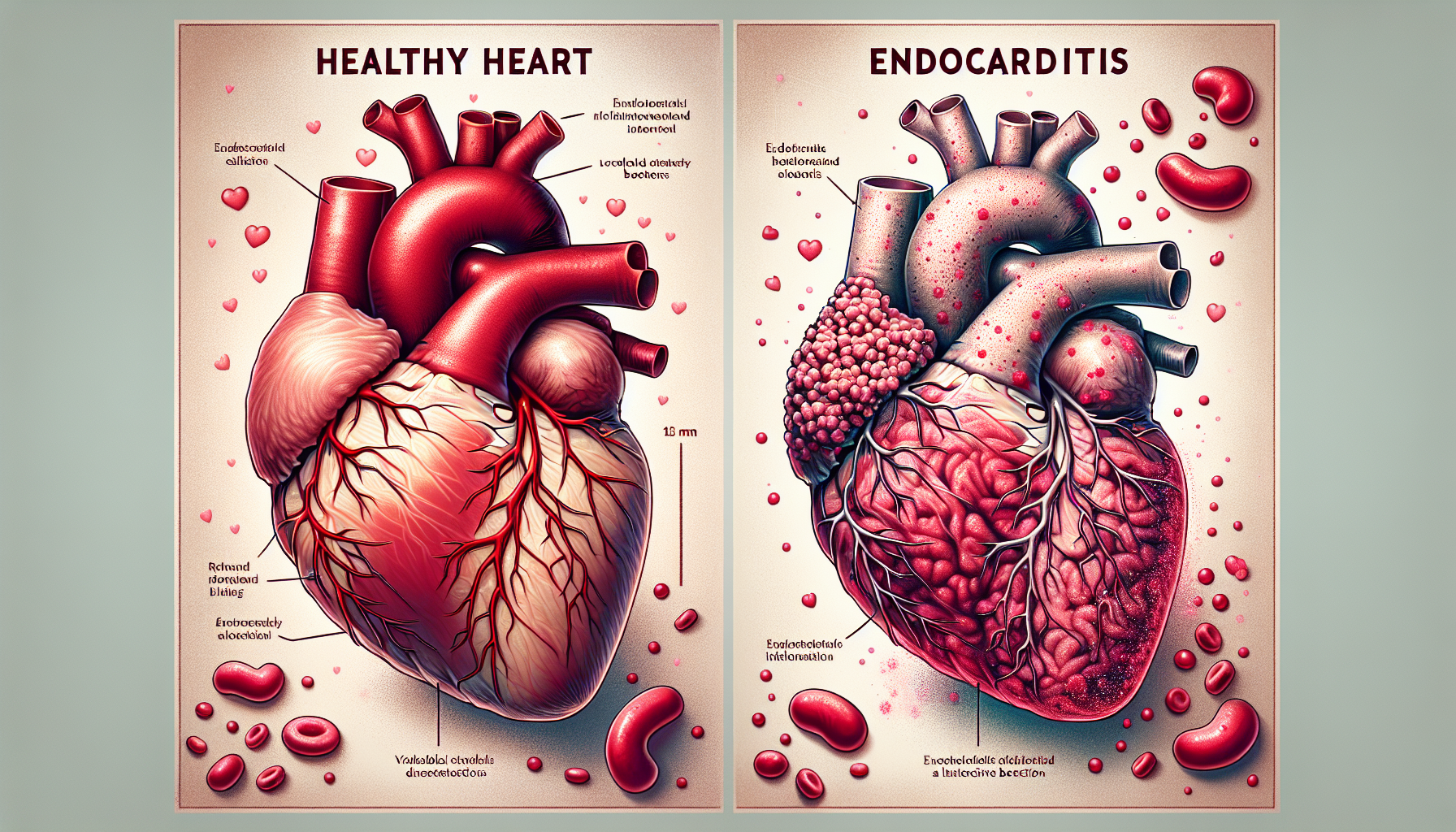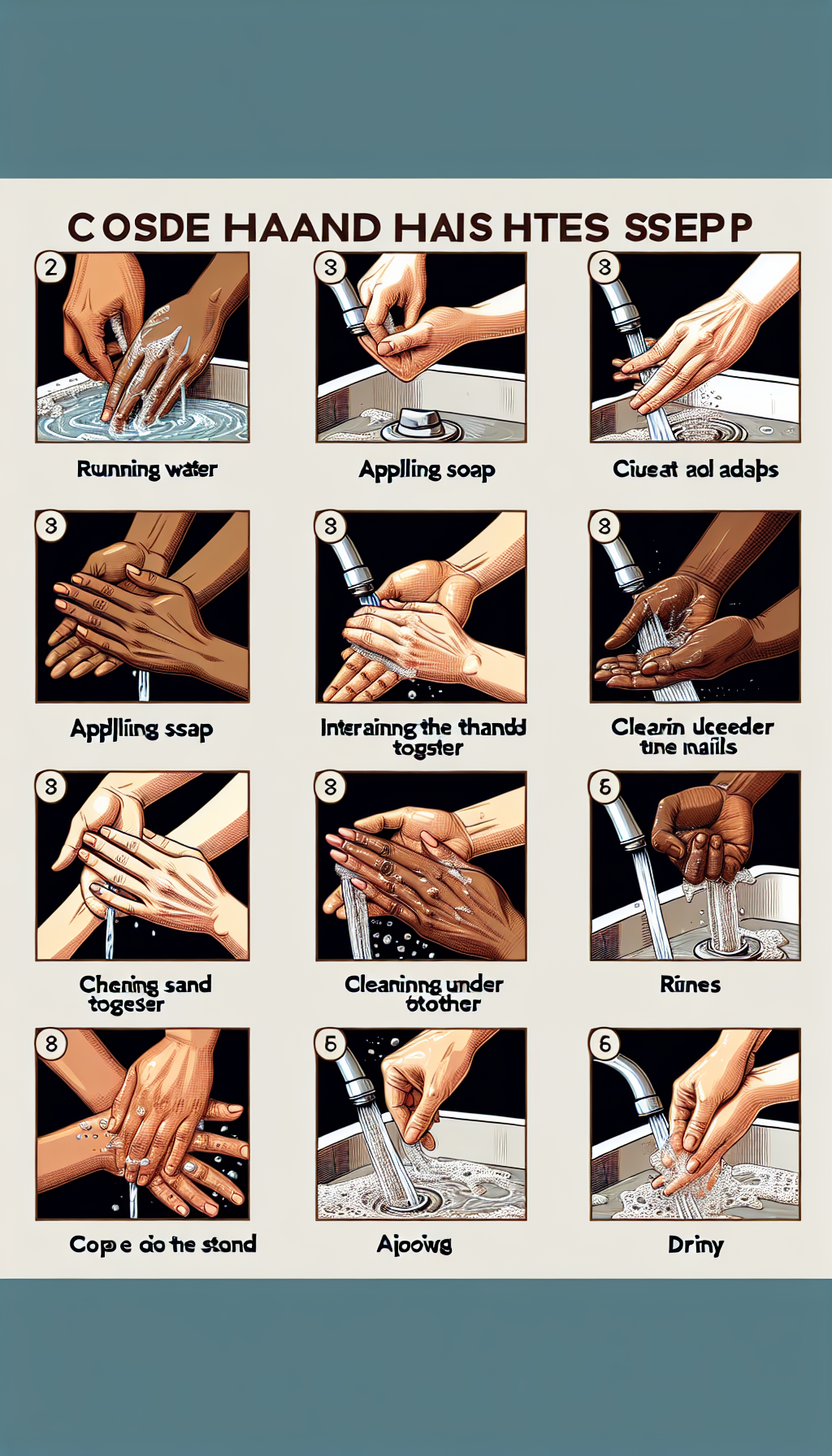Endocarditis is a serious and potentially life-threatening condition characterized by the inflammation of the inner lining of the heart chambers and valves, known medically as the endocardium. This condition is most commonly caused by an infection, typically bacteria, although other microorganisms can also be responsible. Understanding the risks and implementing prevention strategies is crucial for maintaining heart health and preventing the development of this complex disease.
What is Endocarditis and How Does it Occur?
Endocarditis typically occurs when bacteria or other infectious agents enter the bloodstream and attach to damaged areas of the heart’s endocardium. Once these pathogens anchor themselves to the heart lining or valves, they can proliferate, causing inflammation and damage. This can lead to serious complications, including heart valve destruction, stroke, and the formation of emboli (blood clots that travel through the bloodstream).
Individuals with pre-existing heart conditions, such as congenital heart defects, damaged or artificial heart valves, or a history of endocarditis, are at higher risk. Additionally, certain medical procedures, intravenous drug use, and even some dental procedures can increase the risk of bacteria entering the bloodstream.
Recognizing the Symptoms of Endocarditis
Early detection of endocarditis can be lifesaving. Symptoms to watch for include:
- Fever and chills
- Heart murmur
- Fatigue
- Aching joints and muscles
- Night sweats
- Shortness of breath
- Swelling in your feet, legs, or abdomen
- Unexplained weight loss
- Small broken blood vessels in the eyes or under the nails
If you experience any of these symptoms, especially if you have a known heart condition, it is imperative to seek medical attention promptly.
Risk Factors and Prevention
Managing underlying conditions that affect cardiovascular health is a key step in preventing endocarditis. Those at higher risk should be vigilant about dental hygiene, as oral health can play a significant role in preventing bacteria from entering the bloodstream. Here are some strategies to reduce the risk:
- Maintain excellent oral hygiene and have regular dental check-ups.
- Avoid procedures that may cause skin infections, such as tattoos or piercings, particularly in unsterile environments.
- Be cautious with catheters and needles, and avoid intravenous drug use.
- For those at high risk, doctors may prescribe antibiotics before certain medical or dental procedures.
Treatment of Endocarditis
Treatment for endocarditis typically involves strong intravenous antibiotics over an extended period, which may require hospitalization. In some cases, surgery may be necessary to repair or replace damaged heart valves.
The Connection Between Endocarditis and Overall Health
Endocarditis is not a condition that exists in isolation; it can be affected by and affect multiple aspects of health. For instance, individuals with compromised digestive health may be more susceptible to bacteria that can cause endocarditis. Similarly, a strong immune system, which can be bolstered by good nutrition and fitness, is essential for preventing infections that could lead to endocarditis.
Complementary Strategies for Heart Health
In addition to specific strategies to prevent endocarditis, general heart health maintenance is critical. This includes:
- Regular physical activity, as outlined in "Heart Healthy Habits for College Students," which can be found here.
- A balanced diet low in sodium, to reduce blood pressure and strain on the heart, with strategies available in the article "Strategies for Reducing Sodium Intake for Heart Health," accessible here.
- Mindfulness and stress reduction, which can improve cardiovascular health as detailed in "Improving Cardiovascular Health with Mindfulness Practices," linked here.
External Resources for Further Information
To deepen your understanding of endocarditis and related heart health issues, consider exploring these niche and specific resources:
- The American Heart Association provides an in-depth resource on endocarditis, including its causes, symptoms, and treatments. Learn more about the condition through their detailed guide on endocarditis.
- A comprehensive review of the pathogenesis of infective endocarditis can be found through specialized medical literature databases, offering insights into how this disease develops and progresses.
- For those looking to understand the latest in heart valve repair and replacement, which is often necessary in severe cases of endocarditis, medical journals such as The Annals of Thoracic Surgery offer articles detailing advances in surgical techniques.
- To gain knowledge on the prevention of heart disease in specific populations, such as athletes, resources focusing on sports cardiology can be particularly informative.
Understanding endocarditis requires an awareness of both the condition itself and the broader context of heart health. By staying informed, practicing good hygiene, and managing risk factors, individuals can significantly decrease their chances of developing this severe heart condition. Additionally, maintaining a dialogue with healthcare providers about heart health and any potential symptoms of endocarditis is essential for early detection and successful treatment. Through a combination of personal vigilance and medical oversight, the risks associated with endocarditis can be minimized, leading to a healthier, more resilient heart.



